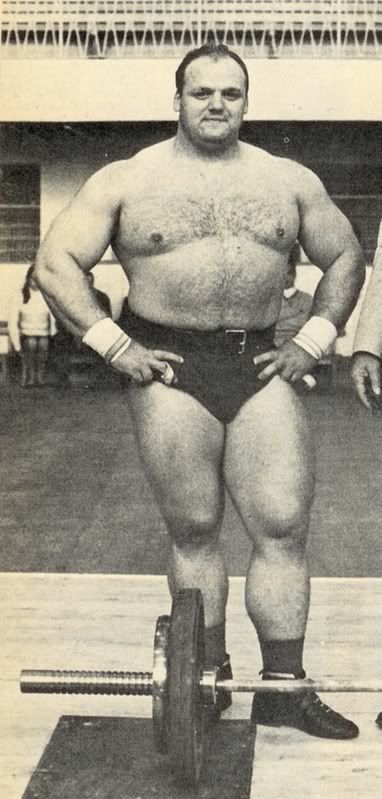Reps and Sets for Strength and Power
Over the years I’ve tried many schemes of reps and sets in search of the best number and combinations in order to develop the greatest strength and power. I tried them on myself in the beginning, and then later when I became a trainer and coach, on my athletes. There are many different systems and combinations of sets and reps, and they all may work, but I’m going to tell you what I’ve had success with and why.
I’m a big believer in proper technique and form, at least to the best of one’s ability and physical capabilities. Therefore, I’ve found that doing doubles (2’s) with medium to heavy weights is the best way to get strong with good technique. The reason is that the first rep is no problem, but the second rep must be done correctly in order to be successful. If you do doubles, you must make the second rep absolutely as correct as you can or you won’t make it, or if you do, it will be sloppy.
Therefore, you use weights that are around 80–85% of your best single. This is a weight that you know you can do, so you aren’t afraid of it or you don’t have to use your entire psyche on the lift, but can concentrate on your technique, especially on the second rep. Also, you don’t take the first rep lightly, thinking ahead to the second rep, or you will miss it or do it badly and be unable to do the second rep. You must concentrate very much on the first rep and even more so, on the second rep. You want to make the first rep with your best technique and the second rep with identical technique. When you do these doubles, there is no rest between reps, only enough time to get set and go. The first rep you think about before you do it, and the second rep is pure reaction, you just do it.
The rest of this article and more tips from Jim can be read here on the ironmind website (a good source for lifting tools and strength equipment).







